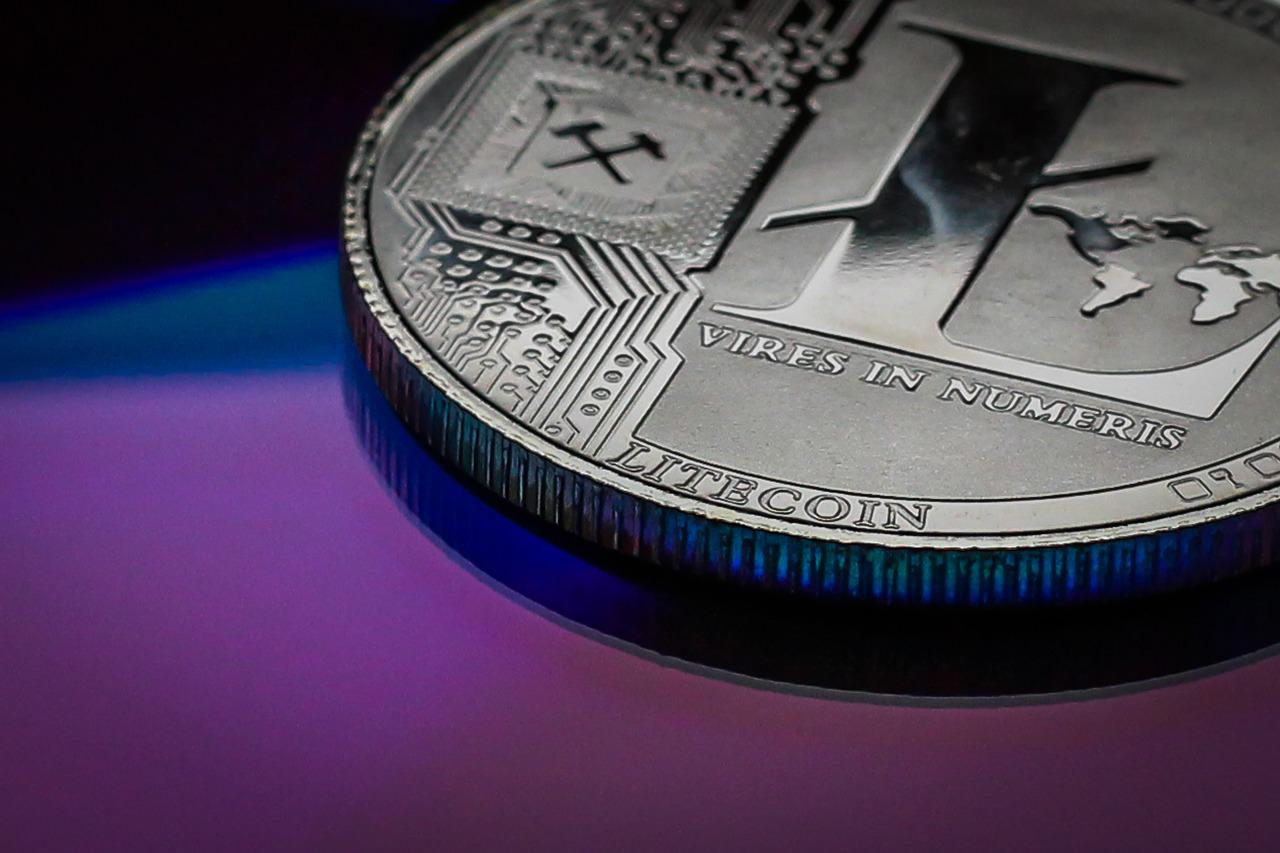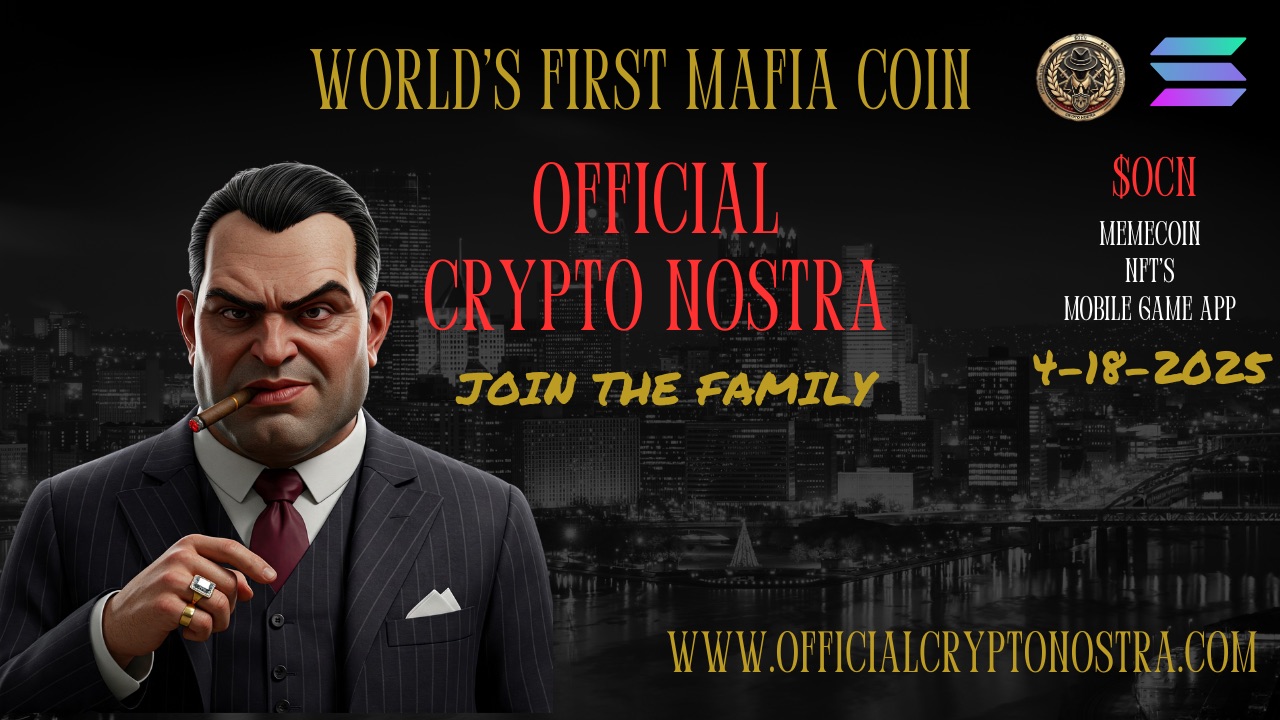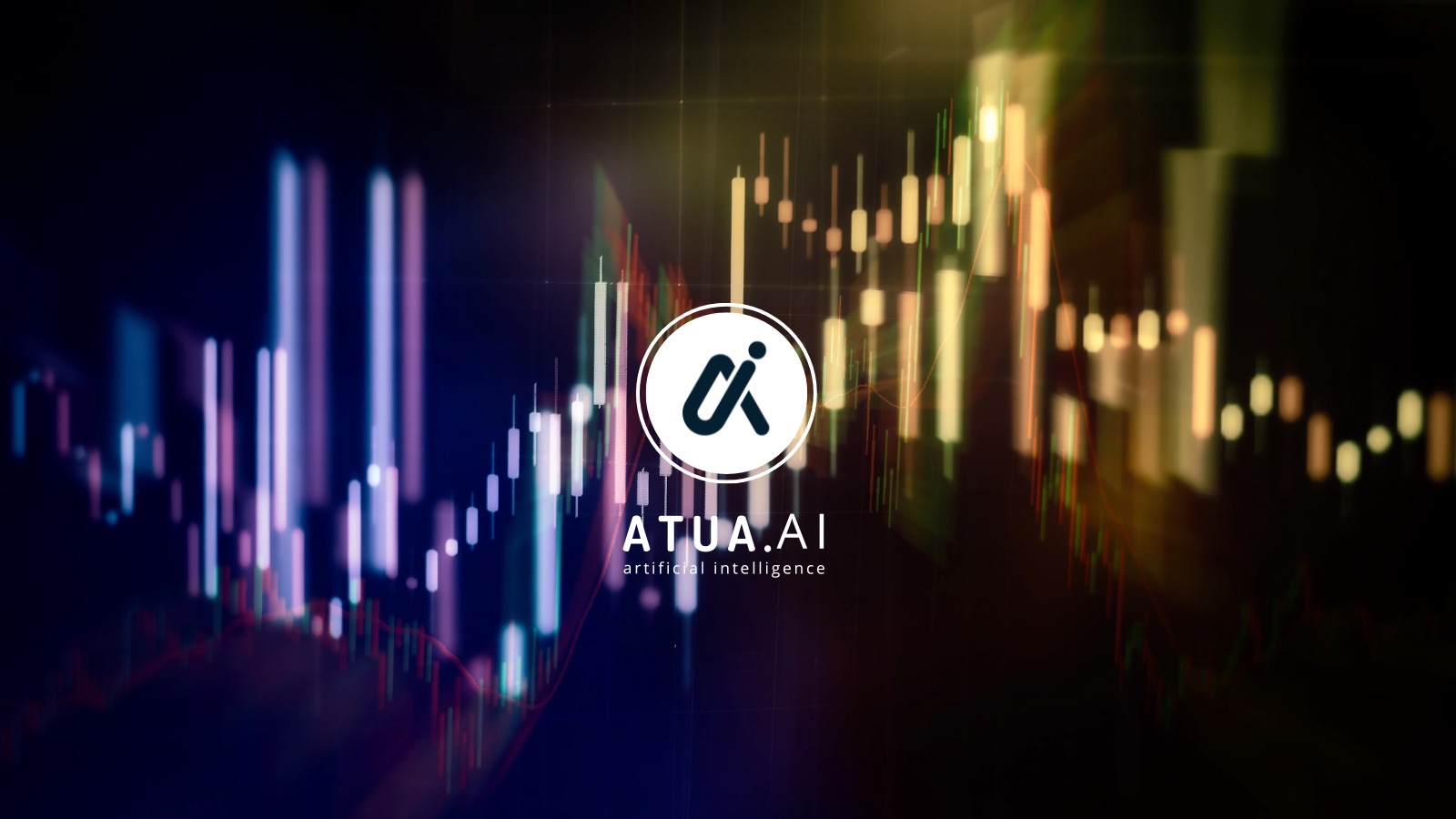Although it’s not a frontrunner in the market, Litecoin is known for being ever-present at all times. Its significance is drawn from its minimal yet expansive use cases that keep it relevant. To date, investors continue to bank on those use cases for recovering their losses.
Litecoin finds a new audience
Yesterday, Litecoin became the medium of payment for another major company in Canada. Popular Internet Service Provider Oxio added Litecoin to its list of payment methods for their services.
According to the CEO, because Litecoin is quite popular among its new customers, the firm decided to bring it onboard.
This will allow Litecoin to tap a wider audience apart from those who were rooting for its addition anyways. This is a huge deal for Litecoin since for many, adoption has been somewhat of a saving grace for the altcoin.
Litecoin, at press time, was trading at $68.31 at the time of writing, with a 7% hike over the last 48 hours. However, this hike is not enough to counter the 31.66% drop from last week.
The lack of quick recovery is also keeping the altcoin stuck in the oversold zone, which the Relative Strength Index (RSI) fell right into after the crash on 9 May.
This did not help the already low market value of Litecoin and instead, ended up escalating the decline. Currently, LTC’s market value is as low as it was back in July 2020.
Litecoin market value | Source: Coinmetrics – AMBCrypto
Most of this is fueled by the fact that since January, investors haven’t been particularly active in participating on the chain. Transactions on Litecoin over the course of the last five months have only risen by 19k on a daily basis.
Litecoin transaction count | Source: Coinmetrics – AMBCrypto
Investors’ presence, on the other hand, has been virtually unchanged for the past three months as only 300k holders were active then. On the contrary, only 295k holders are active now.
Litecoin active addresses | Source: Coinmetrics – AMBCrypto
And, their inactivity and the lack of new investors are justified by Litecoin’s returns. The yearly ROI looks pretty uninviting sitting under neutral, and it’s going to take more than a 7% spike to recover that.









Leave a Reply